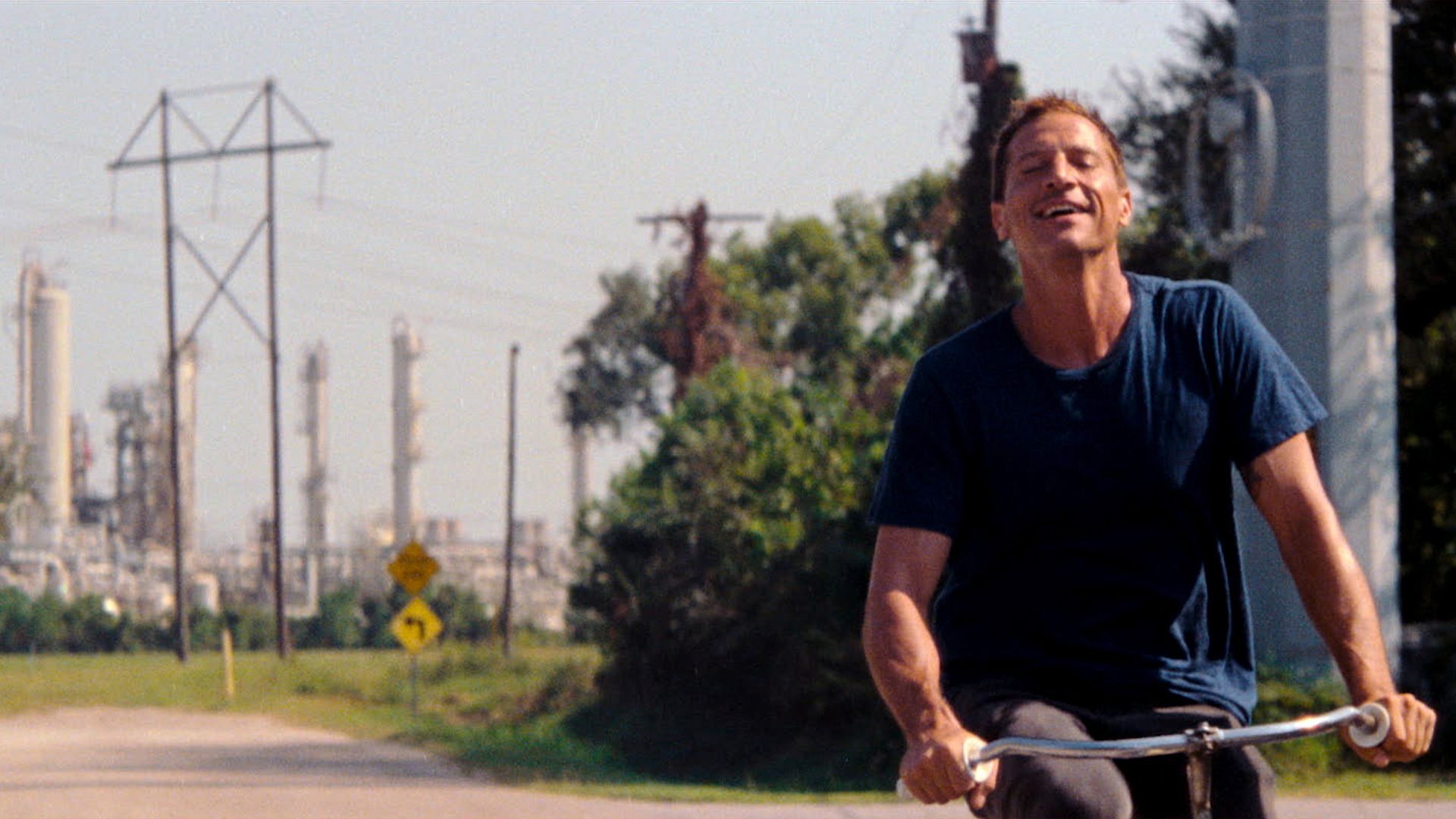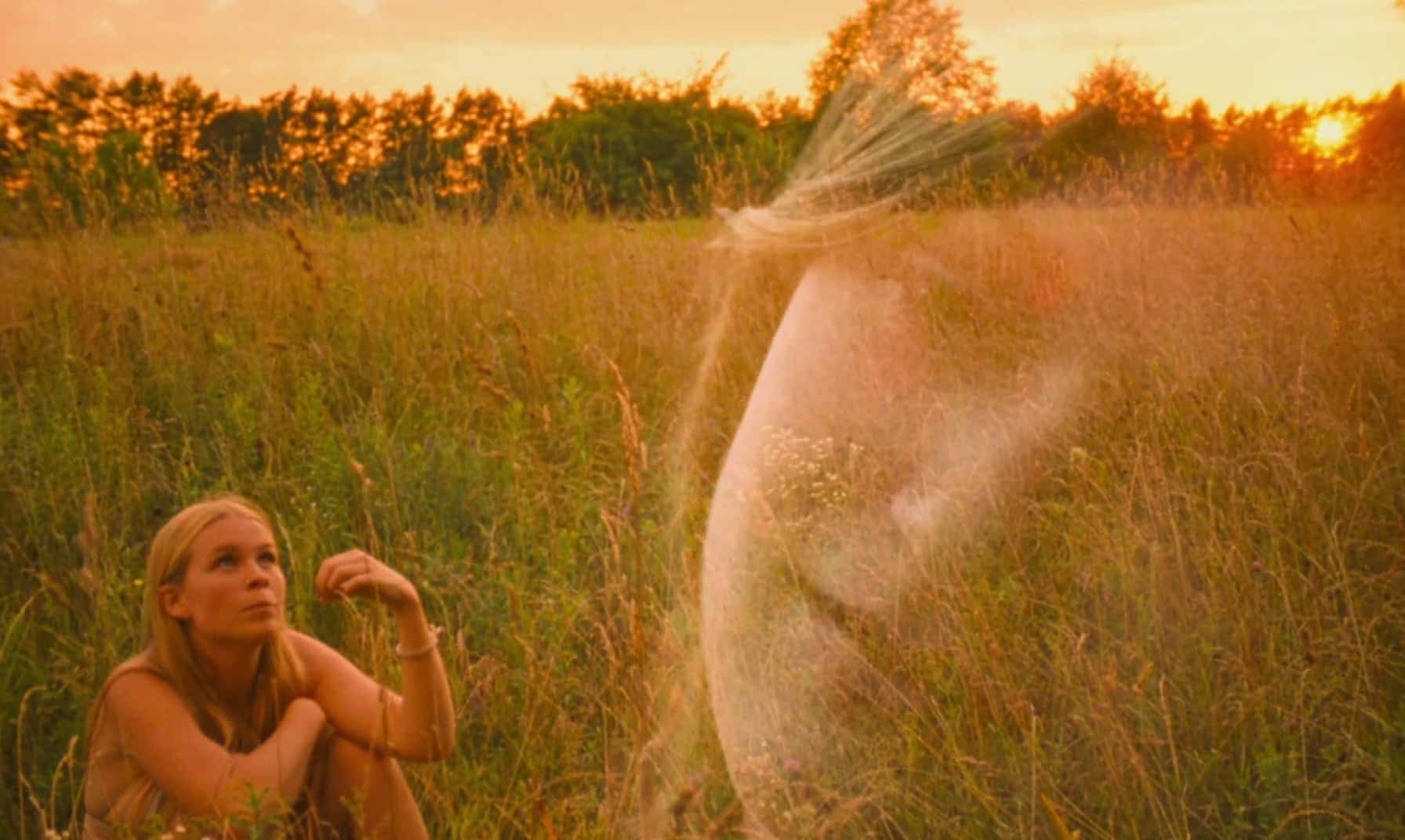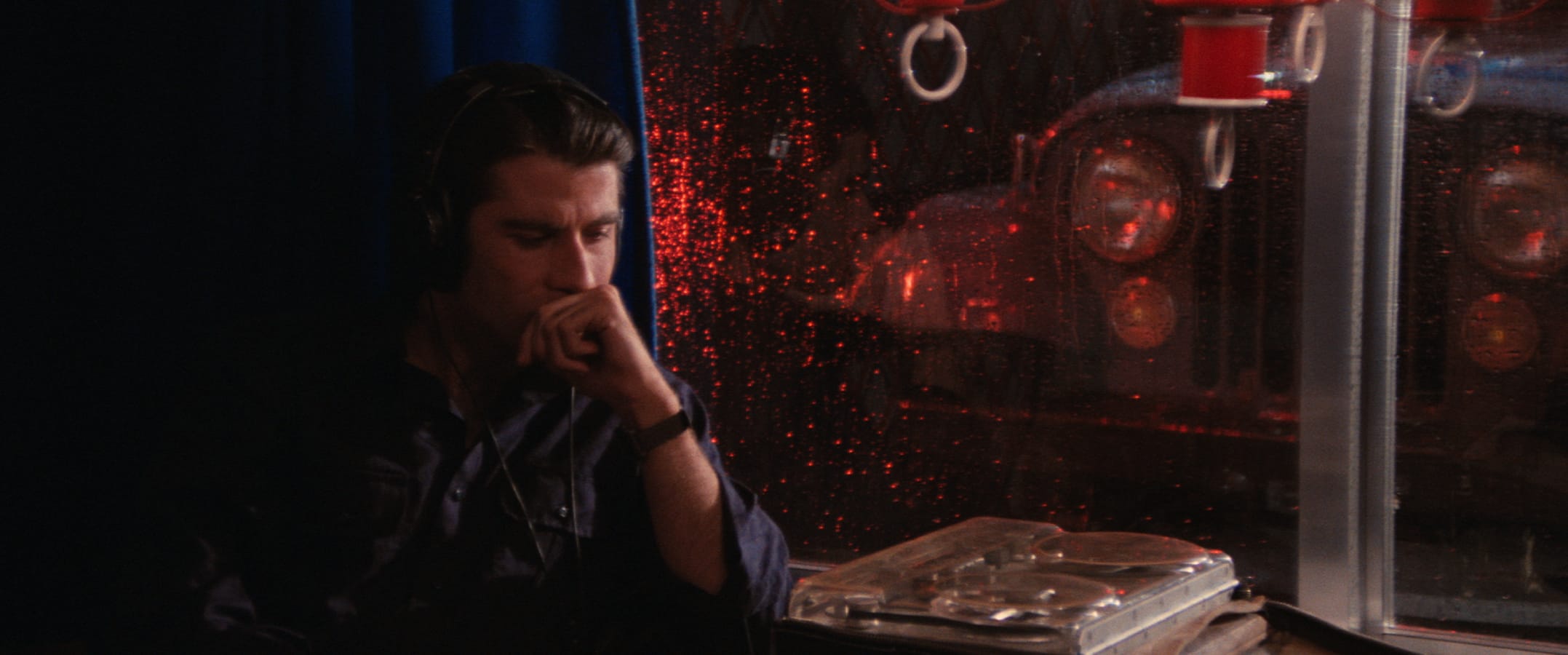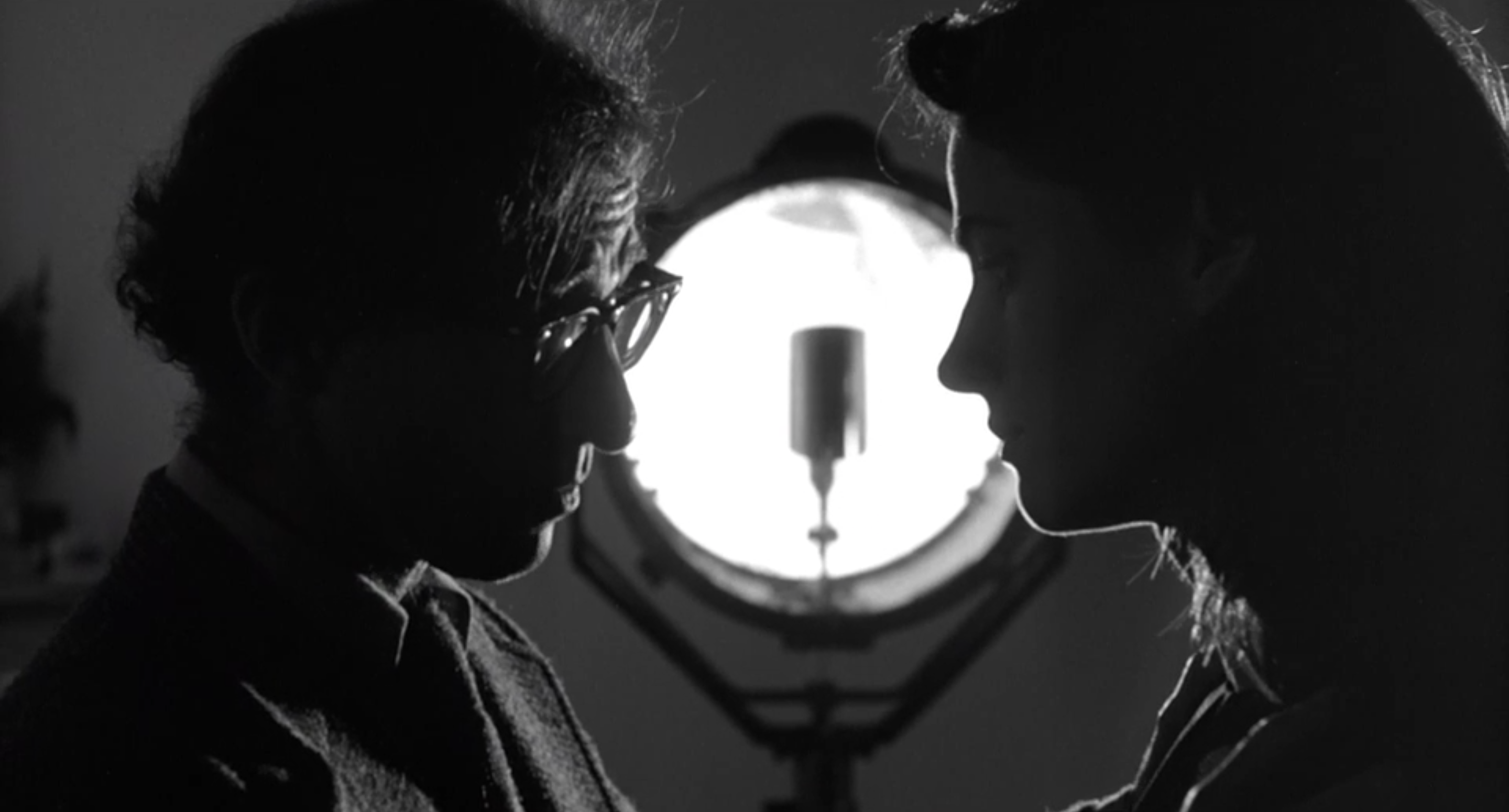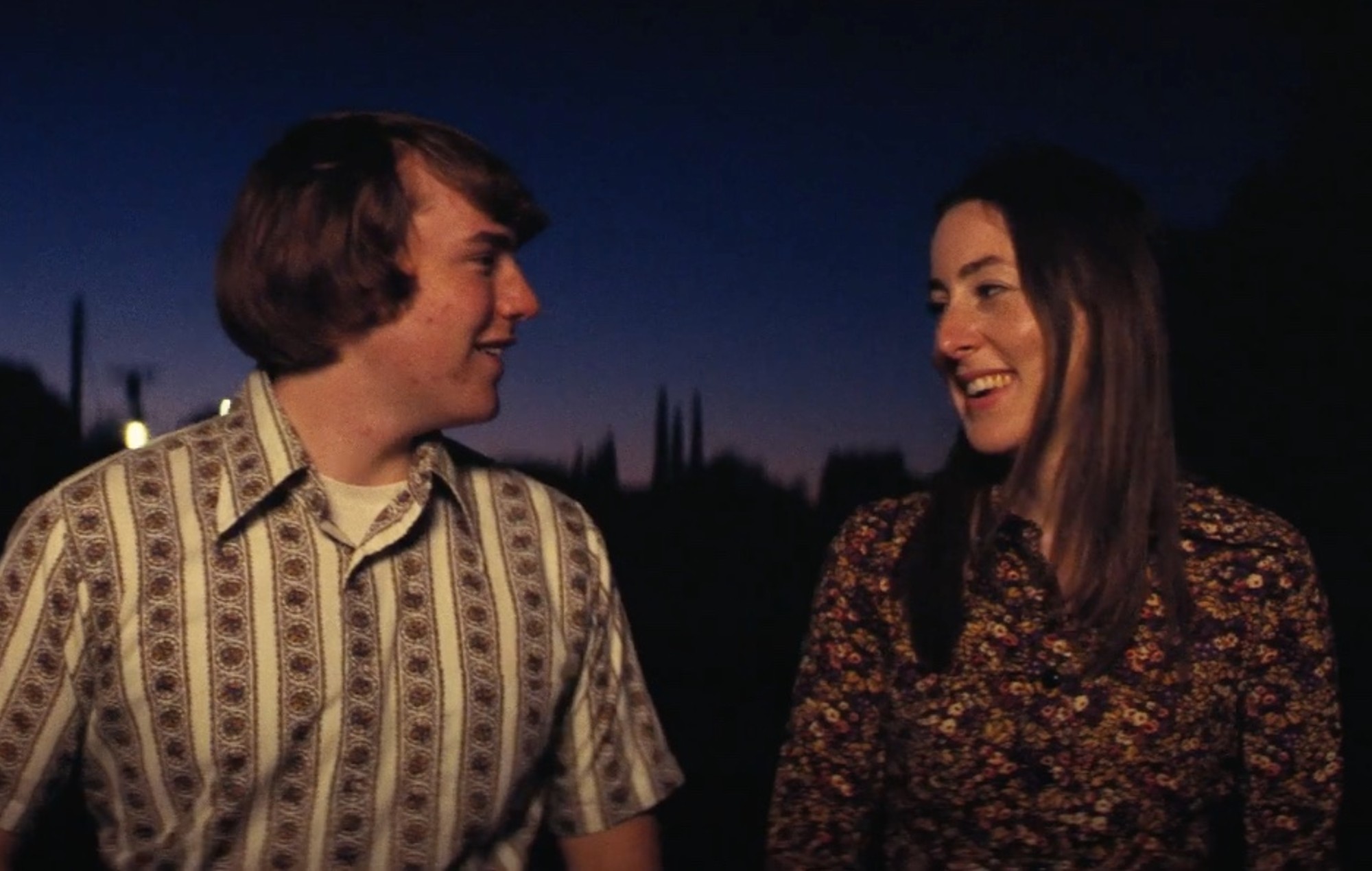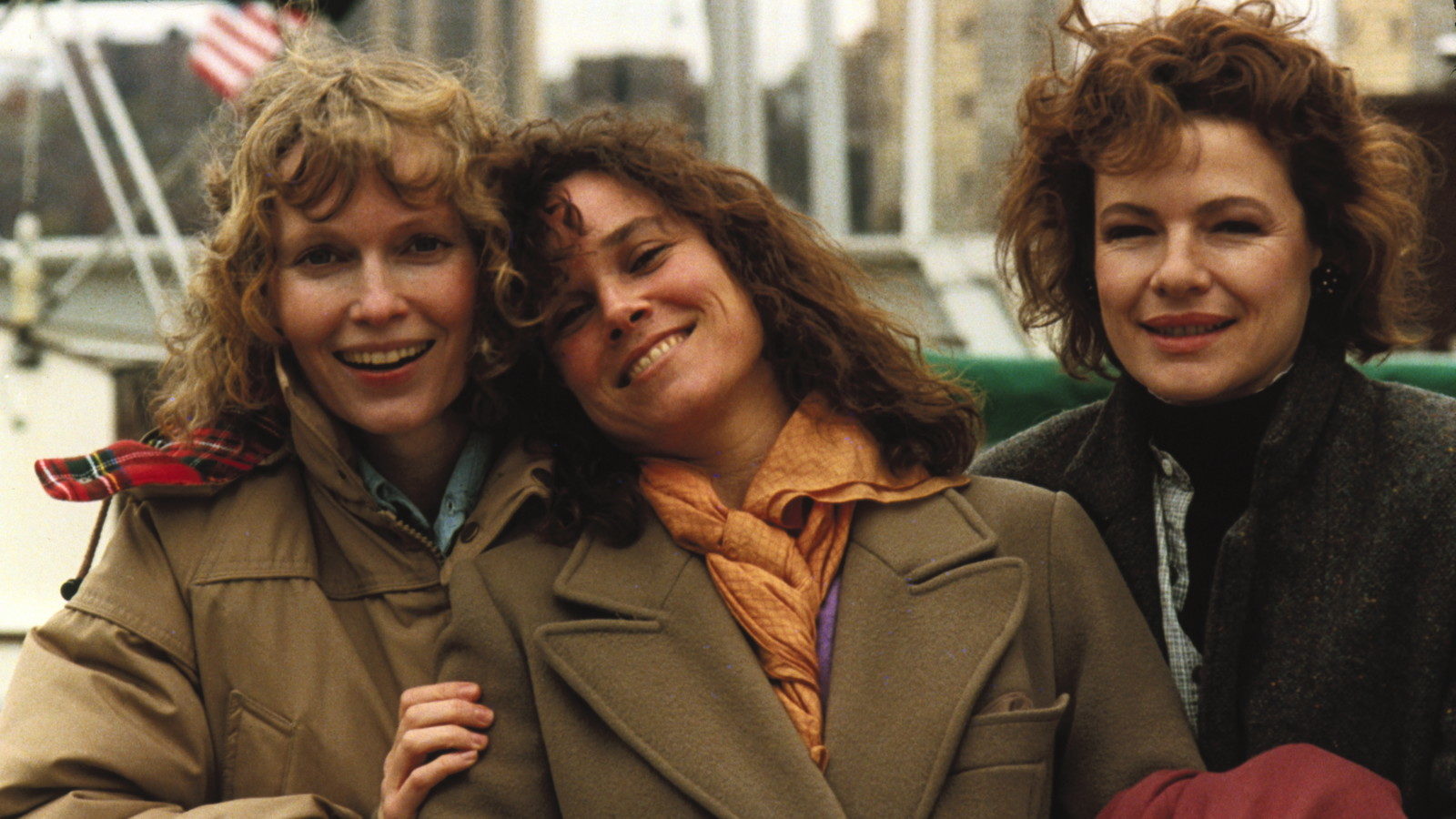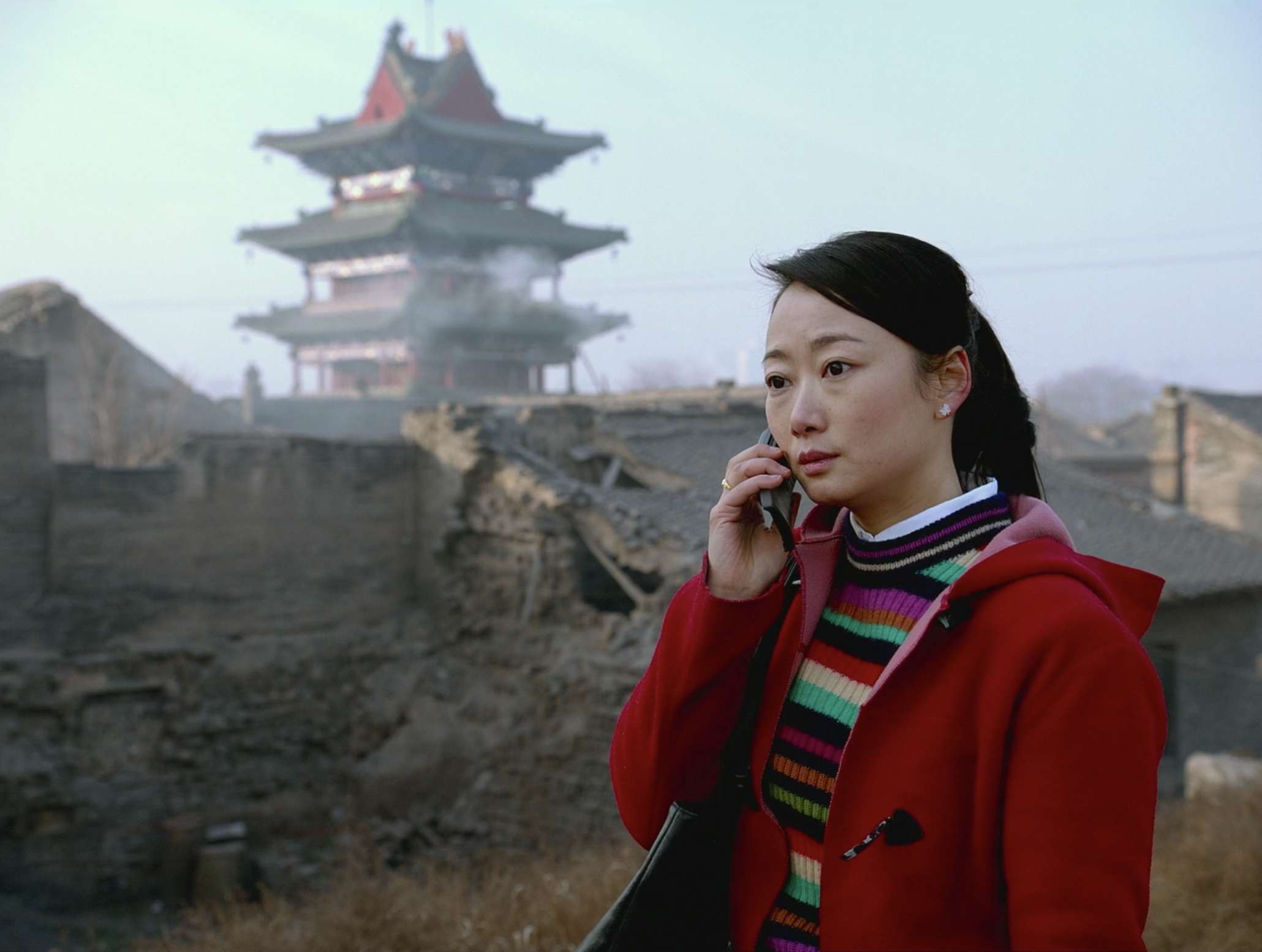Red Rocket (2021)
In Mikey Saber, a charismatic, manipulative ex-pornstar on a steady path of self-destruction, Sean Baker paints out a perfect image of vapid coastal elitism shamelessly pre-empting a victory that will never manifest, as well as an authentic foundation for the social satire that Red Rocket conducts with great humour.

